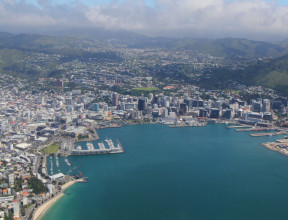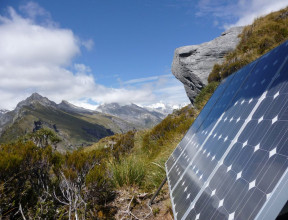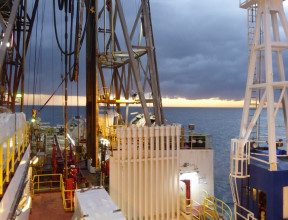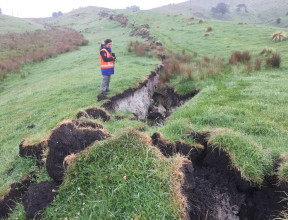
Alpine Fault
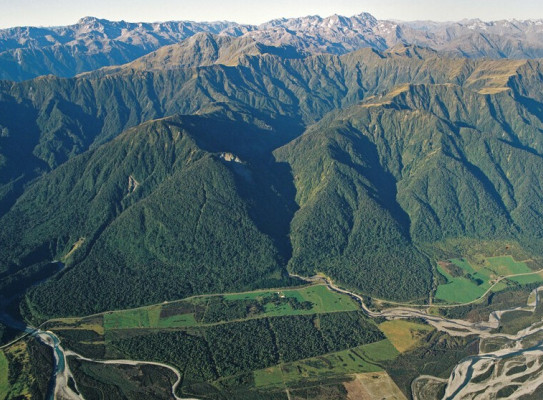
Running up 600km on the spine of Aotearoa's South Island, the Alpine Fault is one of the world’s major geological features.
The Alpine Fault is the visible "on-land" boundary of the colliding Pacific and Australian Plates and is the longest natural straight line on earth.
The Alpine Fault is one of the largest sources of seismic, or earthquake, hazards in Aotearoa New Zealand. Historically, when this fault ruptures, it produces an earthquake of about magnitude 8.0.
Movement of the Alpine Fault
Horizontal movement of the Alpine Fault is about 30m per 1000 years, which is considered very fast by global standards. Each time it has ruptured, it has also moved vertically, lifting the Southern Alps in the process. In the last 12 million years the Southern Alps have been uplifted by an amazing 20 kilometres, and it is only the fast pace of erosion that has kept their highest point below 4000 metres. The glaciers and rivers have removed the rest of the material and spread it out across the lowland plains or onto the sea floor. The rapid uplift also means that faulted rock from deep down has been brought to the surface, and can be studied by scientists.
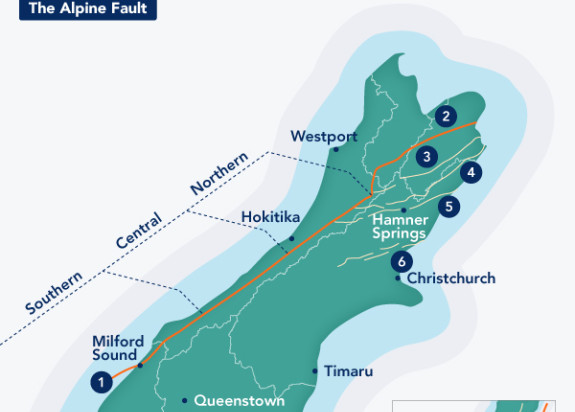
History of ruptures
The fault has ruptured four times in the past 900 years, each time producing an earthquake of about magnitude 8. Approximate rupture dates are 1717AD, 1620 AD, 1450 AD, and 1100 AD. Knowledge gained by our research into drilling deep into the fault extended our knowledge of the Alpine fault's earthquake record back through the past 8000 years.
The Alpine Fault has a high probability of rupturing in the next 50 years.
The rupture will produce one of the biggest earthquakes since European settlement of New Zealand, and it will have a major impact on the lives of many people. In between earthquakes, the Alpine Fault is locked. All these things mean that the Alpine Fault is a globally significant geological structure.
